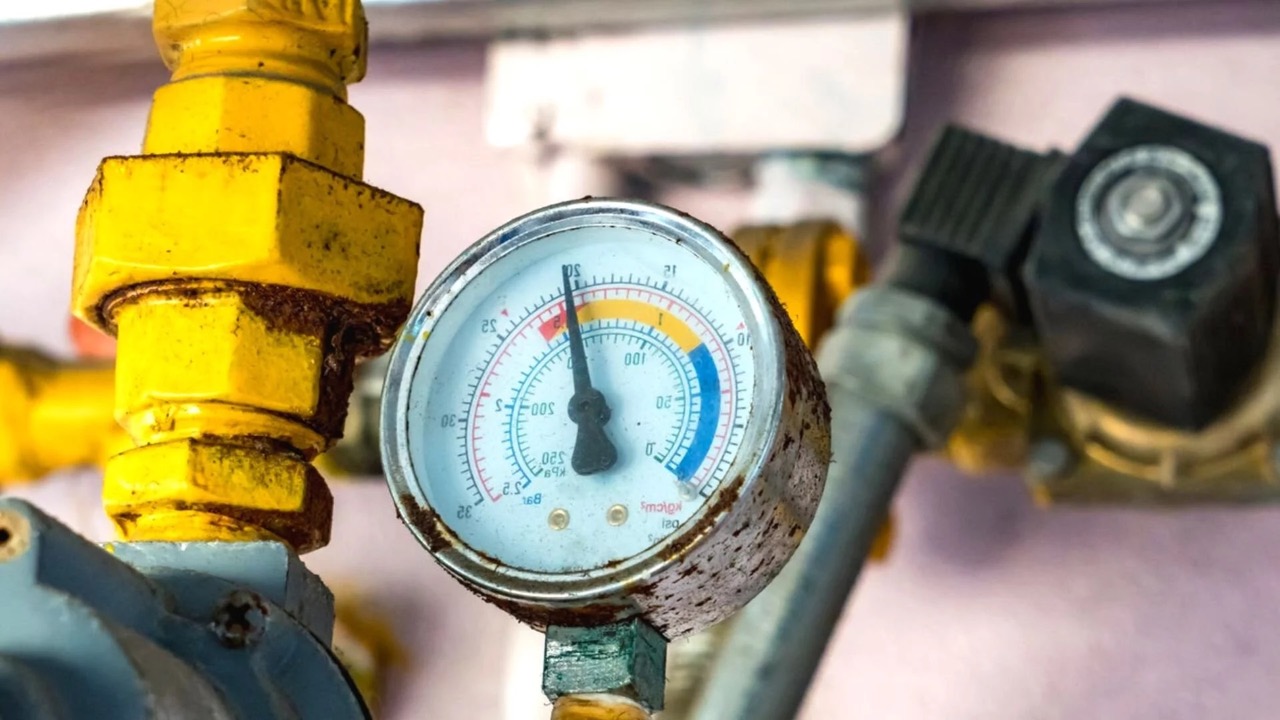

Articles
How To Do A Plumbing Pressure Test
Modified: December 7, 2023
Learn how to do a plumbing pressure test with our informative articles. Become a DIY plumbing pro and save money on repairs.
(Many of the links in this article redirect to a specific reviewed product. Your purchase of these products through affiliate links helps to generate commission for Storables.com, at no extra cost. Learn more)
Introduction
Welcome to the world of plumbing! Whether you are a homeowner or a professional plumber, understanding how to perform a plumbing pressure test is an essential skill. Why is it important, you may ask? Well, a pressure test helps detect any leaks or weaknesses in your plumbing system, ensuring that everything is working efficiently and preventing potential water damage in the future.
In this comprehensive guide, we will walk you through the step-by-step process of conducting a plumbing pressure test. From gathering the necessary tools and materials to monitoring the pressure gauge, inspecting for leaks, and finally releasing the pressure and restoring the water supply, we’ve got you covered.
Before we delve into the details, let’s take a moment to understand what a plumbing pressure test is and why it is an important part of plumbing maintenance.
Read more: How To Pressure Test Pool Plumbing
Understanding Plumbing Pressure Testing
A plumbing pressure test is a procedure that simulates the normal operating conditions of your plumbing system. It involves pressurizing the system with air to check for any leaks or weaknesses in the pipes, fittings, and fixtures. By detecting and addressing these issues early on, you can prevent potential water damage and costly repairs down the line.
There are several situations where a plumbing pressure test is necessary. For example, when constructing a new building or installing a new plumbing system, a pressure test is performed to ensure that everything is working properly before occupancy. Additionally, if you experience a sudden drop in water pressure or suspect a leak in your existing plumbing system, a pressure test can help you identify the problem area.
Now that you understand the importance of a plumbing pressure test, let’s move on to the next section to learn about the tools and materials you’ll need to perform this test.
Key Takeaways:
- Performing a plumbing pressure test is crucial for detecting leaks and weaknesses in your plumbing system, preventing potential water damage, and ensuring long-term efficiency and reliability.
- By following the step-by-step process and acquiring the necessary tools, you can confidently conduct a thorough pressure test, address any issues promptly, and maintain the integrity of your plumbing system.
Understanding Plumbing Pressure Testing
A plumbing pressure test is a procedure that is used to evaluate the integrity of a plumbing system by determining if it can withstand the pressure it was designed for. This test involves pressurizing the system with air and monitoring the pressure gauge to detect any leaks or weaknesses in the pipes, fittings, and fixtures.
There are several reasons why plumbing pressure testing is important. Firstly, it helps ensure that the plumbing system is functioning properly and can handle the water pressure it is intended for. This is crucial for preventing water damage, as leaks or weaknesses in the system can lead to costly repairs and potential water loss.
Additionally, pressure testing is commonly performed during the installation of a new plumbing system or when making renovations to an existing one. By conducting a pressure test before the system is put into use, any issues can be identified and addressed early on, saving time and money in the long run.
Pressure testing is also beneficial in diagnosing specific problems within a plumbing system. For example, if you are experiencing a sudden drop in water pressure or suspect a leak, a pressure test can pinpoint the problem area and allow for targeted repairs or maintenance.
Now that you understand the importance of plumbing pressure testing, let’s move on to the next section to learn about the tools and materials you’ll need to perform this test.
Tools and Materials Needed
Before you can begin conducting a plumbing pressure test, it’s important to gather all the necessary tools and materials. Here’s a list of items you’ll need:
1. Pressure Testing Gauge: This is a specialized gauge that measures the pressure within the plumbing system. Make sure to choose a gauge that is compatible with the pressure range of your specific system.
2. Air Compressor: An air compressor is used to provide the necessary air pressure for the test. Make sure you have a reliable and properly functioning compressor that can generate the required air pressure.
3. Pressure Testing Adapter: This adapter connects the pressure testing gauge to the plumbing system. It should be compatible with the fittings in your system and provide a secure connection for accurate pressure readings.
4. Plugs or Caps: Plugs or caps are used to seal off any open ends or outlets in the plumbing system. This ensures that the air pressure remains contained within the system during the test.
5. Teflon Tape: Teflon tape is used to create a watertight seal when connecting the pressure testing gauge or any other fittings. It helps prevent leaks and ensures accurate pressure readings.
6. Safety Glasses and Gloves: It’s always important to prioritize safety when working with plumbing systems. Wear safety glasses to protect your eyes from any potential hazards, and gloves to protect your hands from sharp edges or debris.
7. Pencil and Paper: Keep a pencil and paper handy to record the pressure readings during the test. This will allow you to monitor any changes in pressure over time and identify potential issues.
8. Water Shut-Off Valve: It’s crucial to be able to shut off the water supply to your plumbing system before beginning the pressure test. Locate and ensure access to the water shut-off valve before proceeding with the test.
Once you’ve gathered all the necessary tools and materials, you’re ready to move on to the next steps of conducting a plumbing pressure test. In the following sections, we’ll guide you through the step-by-step process, ensuring that you can perform the test with confidence and accuracy.
Step 1: Shut Off Water Supply
Before you can begin the plumbing pressure test, it’s important to shut off the water supply to your plumbing system. This step is crucial to ensure that no water is flowing through the pipes during the test, as it could interfere with the accuracy of the pressure readings and potentially cause damage.
To shut off the water supply, locate the main water shut-off valve. This valve is typically located near the water meter or where the main water line enters your property. It is usually a gate valve or a ball valve that can be turned clockwise to close.
Using a wrench or your hand, turn the valve clockwise until it is fully closed. You may need to use some force, as the valve may be stiff if it hasn’t been used in a while. Once the valve is closed, double-check that no water is flowing from any faucets or fixtures in your home.
It’s also a good idea to inform other members of your household about the water shut-off, so they don’t accidentally turn on a faucet or fixture while the test is in progress.
Note: In some cases, you may have individual shut-off valves for different sections of your plumbing system, such as for specific floors or areas of your home. If that’s the case, make sure to close all these valves to isolate the section of the system you’ll be testing.
By shutting off the water supply, you ensure that there is no water pressure in the pipes during the test. This allows you to accurately measure the air pressure and detect any leaks or weaknesses in the plumbing system.
With the water supply shut off, you’re ready to move on to the next step, which involves connecting the pressure testing gauge to the plumbing system. This step is crucial for accurately measuring the pressure during the test and identifying any issues with the system.
Read more: How To Remove A Plumbing Test Ball
Step 2: Connect Pressure Testing Gauge
Now that you have shut off the water supply, it’s time to connect the pressure testing gauge to your plumbing system. The pressure testing gauge will allow you to monitor the air pressure during the test and detect any leaks or weaknesses in the system.
Here’s how you can connect the pressure testing gauge:
- Locate a suitable access point: Look for a convenient location in your plumbing system where you can connect the pressure testing gauge. This is typically a fixture or valve that is easily accessible.
- Prepare the fitting: If the access point doesn’t already have a threaded connection, you may need to install a pressure testing adapter. Wrap Teflon tape around the threads of the adapter to create a watertight seal.
- Connect the pressure testing gauge: Screw the pressure testing gauge onto the prepared fitting or adapter. Make sure to tighten it securely to prevent any air leaks during the test.
Ensure that the pressure testing gauge is positioned in an upright manner for accurate readings. If necessary, use a wrench to tighten the connection securely, taking care not to overtighten and damage the gauge or the plumbing system.
Once the pressure testing gauge is connected, double-check the tightness of the connection and ensure that there are no visible signs of air leakage. A secure connection will allow for precise pressure readings and accurate detection of any issues within the plumbing system.
Now that the pressure testing gauge is properly connected, you’re ready to move on to the next step: pumping air into the system to pressurize it for the test. This step is crucial for simulating the normal operating conditions of your plumbing system and detecting any leaks or weaknesses.
Step 3: Pump Air into the System
With the pressure testing gauge securely connected to your plumbing system, it’s time to pump air into the system to pressurize it for the test. This step is essential for simulating the normal operating conditions of your plumbing system and detecting any leaks or weaknesses.
Here’s how you can pump air into the system:
- Ensure the pressure testing gauge is at zero: Before proceeding, make sure that the pressure testing gauge is at zero pressure. This ensures that you start with a baseline reading.
- Connect the air compressor: Attach the air compressor to the pressure testing gauge. Ensure that the air compressor is powered on and functioning properly.
- Set the desired pressure: Determine the desired pressure level for the test. This will depend on the recommended operating pressure for your plumbing system. Be cautious not to exceed the maximum pressure limits to avoid potential damage to the system.
- Pump air into the system: Start the air compressor and begin pumping air into the system. Monitor the pressure readings on the gauge as the pressure increases. Continue pumping air until the desired pressure level is reached.
It’s important to pump air into the system gradually to avoid sudden pressure surges. This gradual increase in pressure allows you to identify any leaks or weaknesses more effectively.
Keep a close eye on the pressure readings as you pump air into the system. If you notice any abnormal pressure fluctuations, it may indicate a potential issue in your plumbing system. In such cases, it’s advisable to stop the test and inspect further before proceeding.
Once you have reached the desired pressure level and ensured that there are no immediate issues, you’re ready to move on to the next step: monitoring the pressure gauge during the test. This step will help you identify any changes in pressure and detect potential leaks or weaknesses in your plumbing system.
When conducting a plumbing pressure test, make sure to shut off all water sources and appliances connected to the system to accurately measure the pressure. This will help identify any leaks or issues in the plumbing system.
Step 4: Monitor Pressure Gauge
After pumping air into the plumbing system and pressurizing it, the next step is to monitor the pressure gauge. Monitoring the pressure gauge during the test is crucial for identifying any changes in pressure and detecting potential leaks or weaknesses in your plumbing system.
Here’s how you can effectively monitor the pressure gauge:
- Set a designated time frame: Determine how long you want to monitor the pressure gauge during the test. This can vary depending on the size of the plumbing system and the desired accuracy of the results.
- Record initial pressure reading: Take note of the initial pressure reading on the gauge. This serves as a baseline and will help you identify any significant changes in pressure.
- Observe pressure fluctuations: Keep a close eye on the pressure gauge throughout the designated time frame. Look for any fluctuations or drops in pressure, as these may indicate potential leaks or weaknesses in the plumbing system.
- Record pressure readings: Continuously record the pressure readings at regular intervals. This will allow you to monitor any changes in pressure over time and identify any patterns or abnormalities.
- Listen for air leaks: While monitoring the pressure gauge, listen for any hissing sounds or detectable air leaks. This can help pinpoint the location of a potential leak in the system.
It’s important to be patient and attentive during this step. Even a small drop in pressure can indicate a leak or weakness that needs to be addressed. If you notice a significant drop in pressure, it’s advisable to stop the test and inspect the system for potential leaks.
Record all the pressure readings and any observations you make during the test. This documentation will be helpful for future reference and can assist in diagnosing any issues with the plumbing system.
Once the designated time frame for monitoring the pressure gauge is complete, it’s time to move on to the next step: inspecting the plumbing system for leaks. This step will involve a thorough examination of the system to identify and address any potential leaks or weaknesses.
Step 5: Inspect for Leaks
After monitoring the pressure gauge and identifying any potential changes in pressure, it’s time to move on to the next step: inspecting the plumbing system for leaks. This step involves a thorough examination of the system to identify and address any leaks or weaknesses that may have been detected during the pressure test.
Here’s how you can effectively inspect for leaks:
- Start with visible connections: Begin by inspecting all visible connections, such as joints, fittings, and valves. Look for any signs of water seepage, moisture, or dripping. Pay close attention to areas where pipes meet fixtures or appliances, as these are common areas for leaks to occur.
- Check for water stains: Examine the surrounding areas for any water stains, discoloration, or damage. These can be indicators of past or ongoing leaks.
- Feel for moisture: Run your hands along the pipes and around the plumbing fixtures to feel for any moisture. Even a small amount of dampness can be a sign of a leak.
- Listen for hissing sounds: Listen carefully for any hissing or rushing sounds, as they can indicate the presence of a significant leak.
- Use a leak detection tool: If necessary, utilize a leak detection tool, such as a plumber’s dye or a thermal imaging camera, to help identify hidden leaks. These tools can detect leaks behind walls or in hard-to-reach areas.
- Address any identified leaks: If you discover any leaks during the inspection, it’s important to address them promptly. Depending on the severity of the leak, you may be able to fix it yourself by tightening a connection or replacing a faulty component. However, for more complex leaks or significant damage, it’s recommended to seek professional help.
Remember, even if you didn’t detect any leaks during the pressure test, it’s still essential to inspect the system thoroughly as some leaks may not be evident until under normal water pressure conditions.
By inspecting for leaks and addressing any issues promptly, you can prevent further damage and ensure the long-term integrity of your plumbing system.
Once you have completed the inspection and addressed any leaks or weaknesses, it’s time to move on to the final step: releasing the pressure and restoring the water supply to your plumbing system.
Read more: What Is A Hydrostatic Plumbing Test
Step 6: Release Pressure and Restore Water Supply
After completing the inspection for leaks and addressing any issues that were detected, it’s time to release the pressure from your plumbing system and restore the water supply. This final step ensures that your system can resume normal operation without any residual air pressure or potential disruptions.
Follow these steps to release pressure and restore the water supply:
- Turn off the air compressor: Start by turning off the air compressor that was used to pressurize the system. This will stop the flow of air into the plumbing system.
- Slowly release the pressure: Begin releasing the pressure slowly and cautiously. To do this, open a faucet or fixture in your home that is located at a lower elevation than the others. This will allow any trapped air to escape gradually.
- Monitor pressure gauge: While releasing the pressure, monitor the pressure gauge to ensure that it drops down to zero. This indicates that the system is no longer pressurized.
- Reopen shut-off valve: Once the pressure has been fully released, reopen the main water shut-off valve to restore water flow to your plumbing system.
- Check for leaks: As the water flows back into the system, closely inspect all the previously checked areas for any signs of new leaks. This will ensure that the system is functioning properly and that the repairs made during the test were successful.
- Test faucets and fixtures: Open several faucets and fixtures in your home to flush out any residual air or debris. This will help ensure proper water flow and functionality throughout the system.
After restoring the water supply and confirming that there are no new leaks or issues, your plumbing system should be ready to resume normal operation. Remember to check for any changes in water pressure or signs of leaks in the following days to ensure the long-term integrity of your plumbing system.
Congratulations! You have successfully completed the plumbing pressure test and taken the necessary steps to maintain the efficiency and reliability of your plumbing system.
Remember to keep a record of the pressure test results and any repairs made during the process. This information will be valuable for future reference and maintenance of your plumbing system.
Thank you for following this comprehensive guide, and if you have any further questions or concerns about plumbing pressure testing, don’t hesitate to seek professional assistance from a licensed plumber.
Conclusion
Performing a plumbing pressure test is an essential part of maintaining your plumbing system’s efficiency and preventing potential water damage. By following the step-by-step process outlined in this guide, you can confidently conduct a thorough pressure test and identify any leaks or weaknesses in your plumbing system.
Throughout the test, we’ve covered important aspects such as shutting off the water supply, connecting the pressure testing gauge, pumping air into the system, monitoring the pressure gauge, inspecting for leaks, and finally releasing the pressure and restoring the water supply.
By understanding the importance of plumbing pressure testing and acquiring the necessary tools and materials, you can ensure the accuracy and effectiveness of the test. Taking the time to inspect for leaks and addressing any issues promptly will help maintain the long-term integrity of your plumbing system.
Remember, safety is paramount when working with plumbing systems. Wear protective gear, follow proper procedures, and seek professional help if needed. It’s also a good idea to keep a record of the pressure test results and any repairs made for future reference.
As a homeowner or professional plumber, knowing how to perform a plumbing pressure test will give you peace of mind, knowing that your plumbing system is properly functioning and at a reduced risk of leaks or water damage.
Thank you for taking the time to learn and apply the techniques of plumbing pressure testing. By prioritizing proactive maintenance, you can ensure the longevity and reliability of your plumbing system for years to come.
Frequently Asked Questions about How To Do A Plumbing Pressure Test
Was this page helpful?
At Storables.com, we guarantee accurate and reliable information. Our content, validated by Expert Board Contributors, is crafted following stringent Editorial Policies. We're committed to providing you with well-researched, expert-backed insights for all your informational needs.
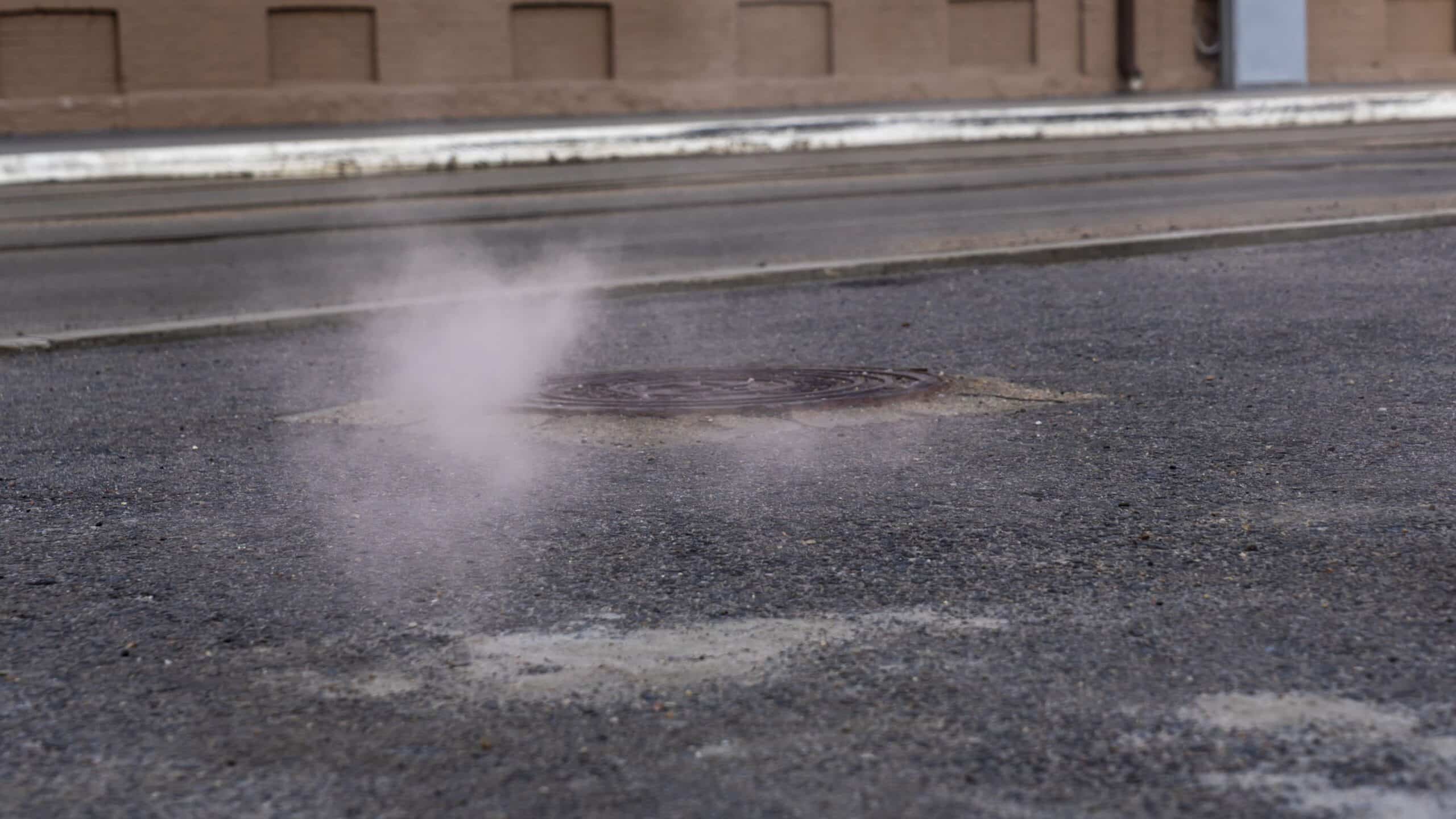
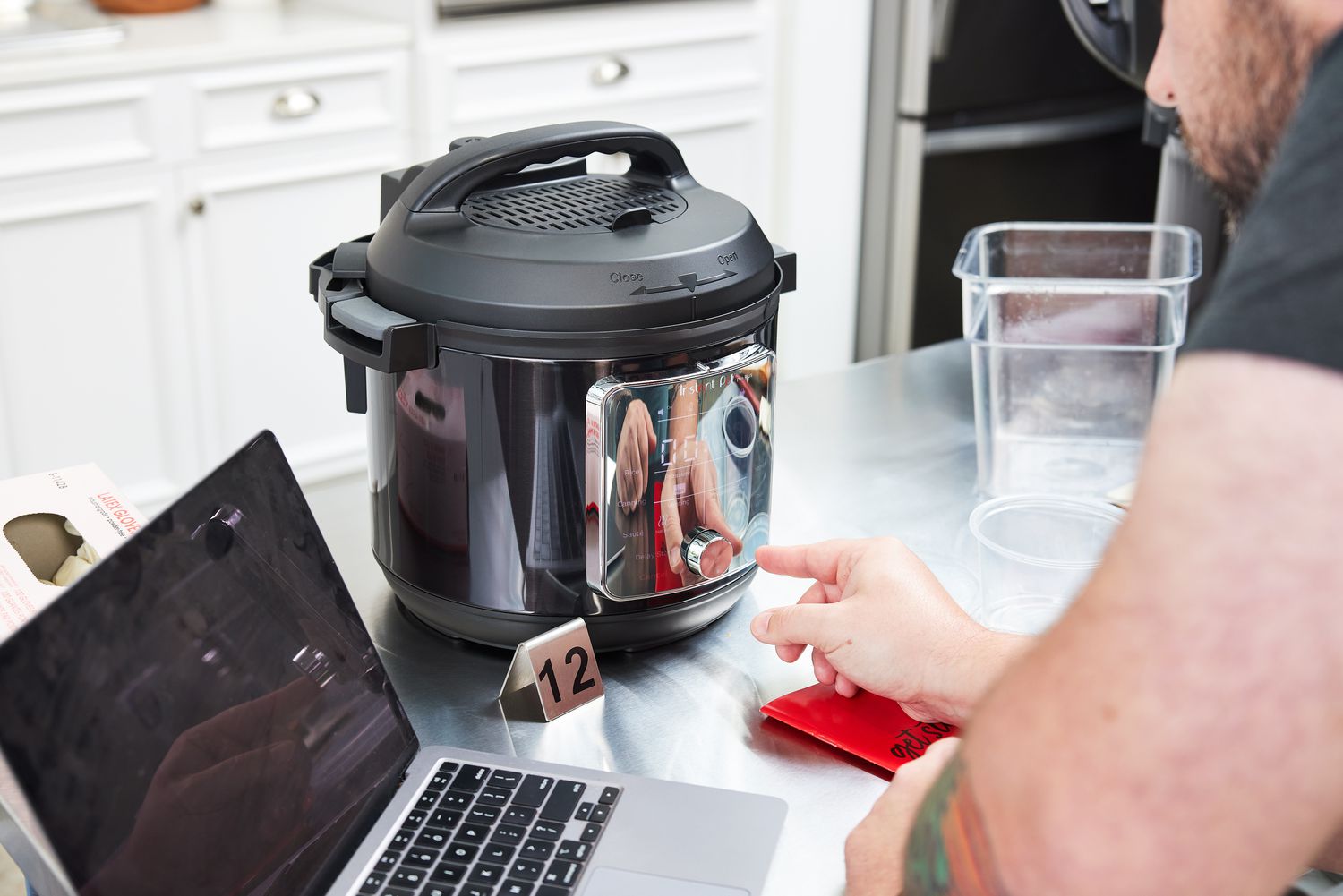
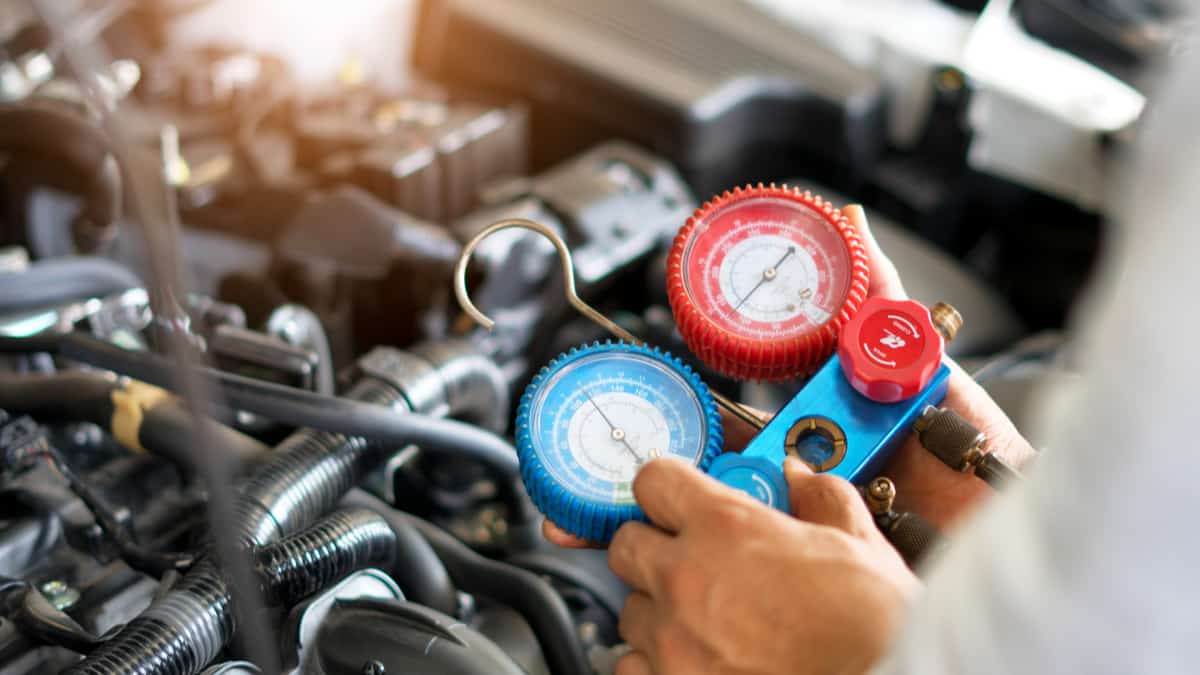
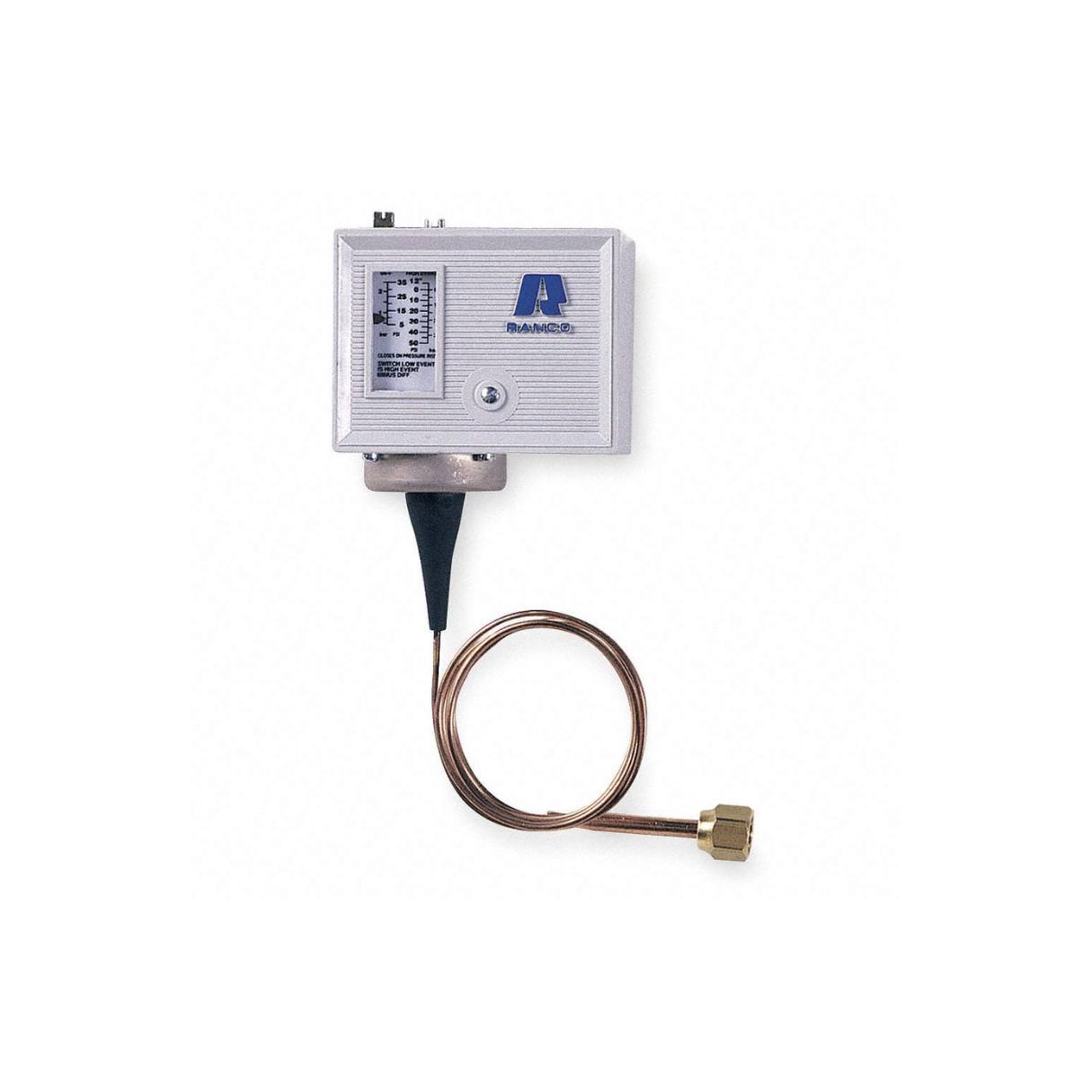
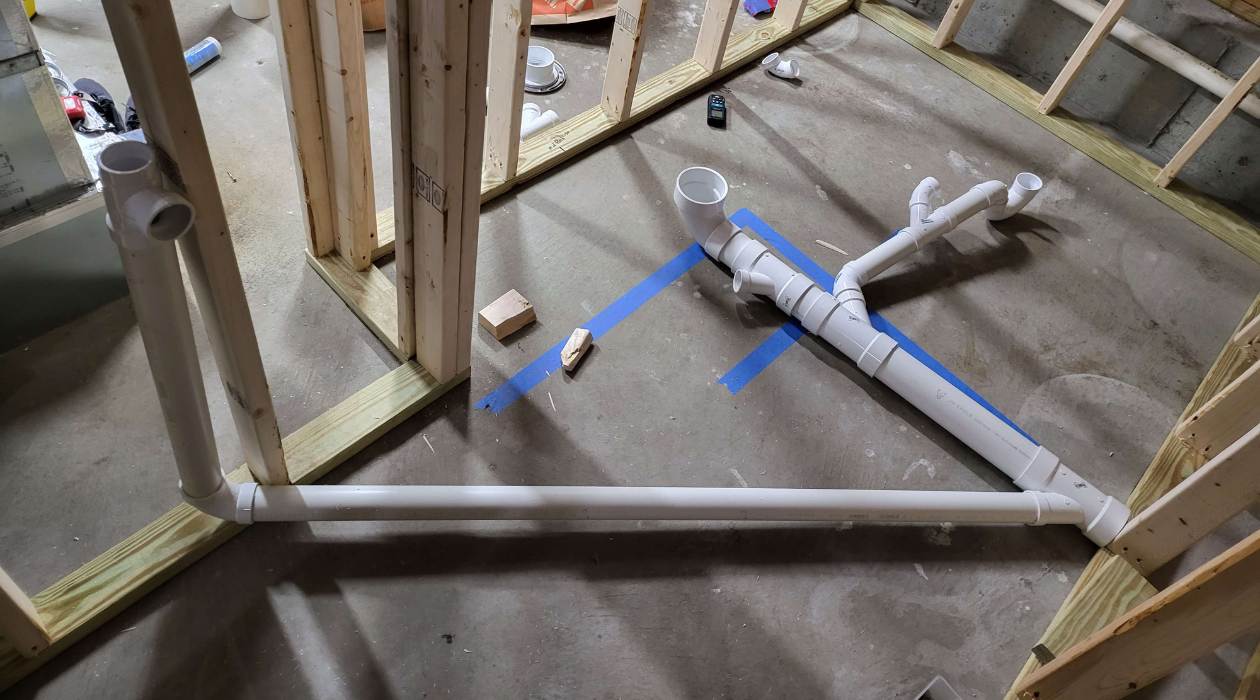
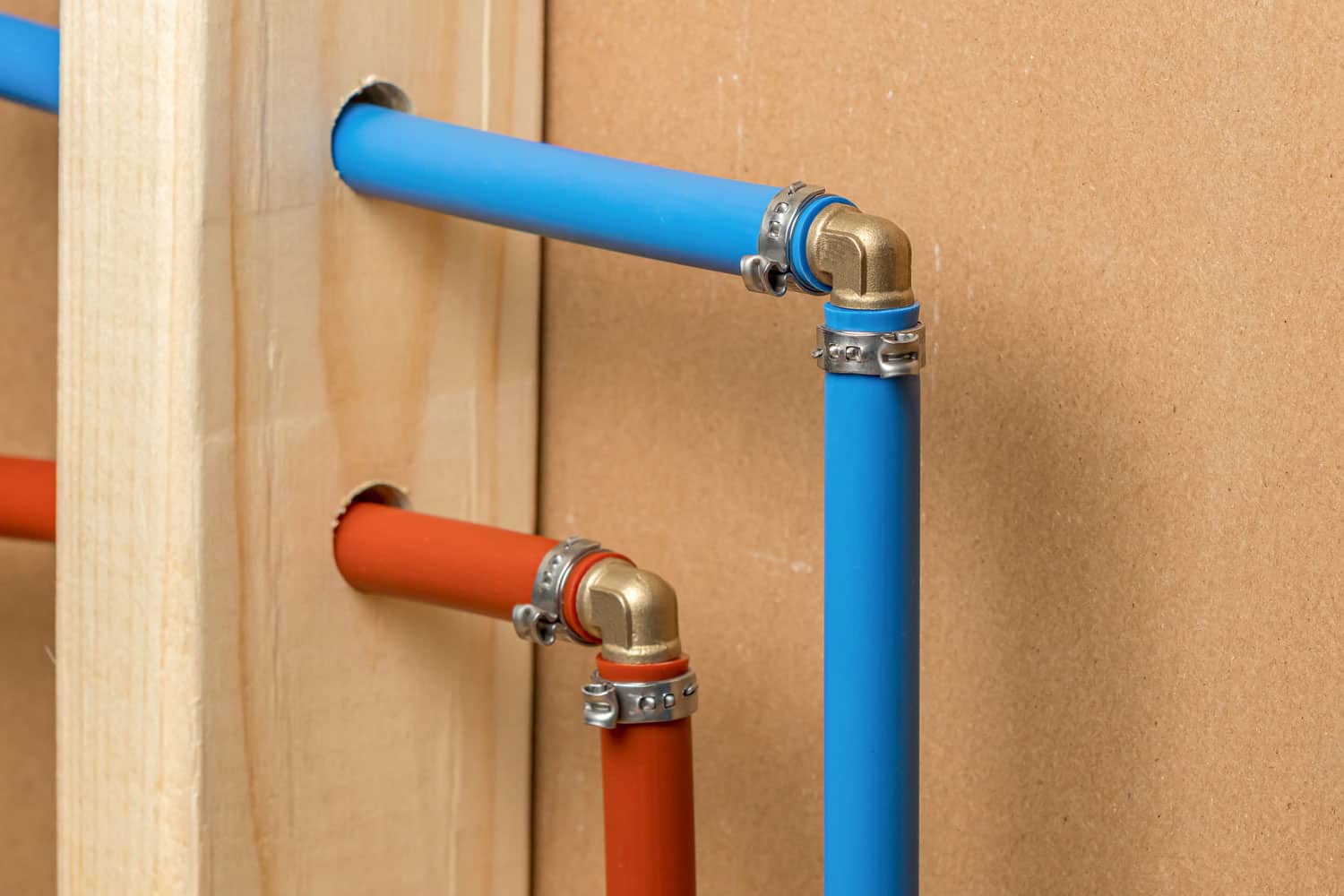
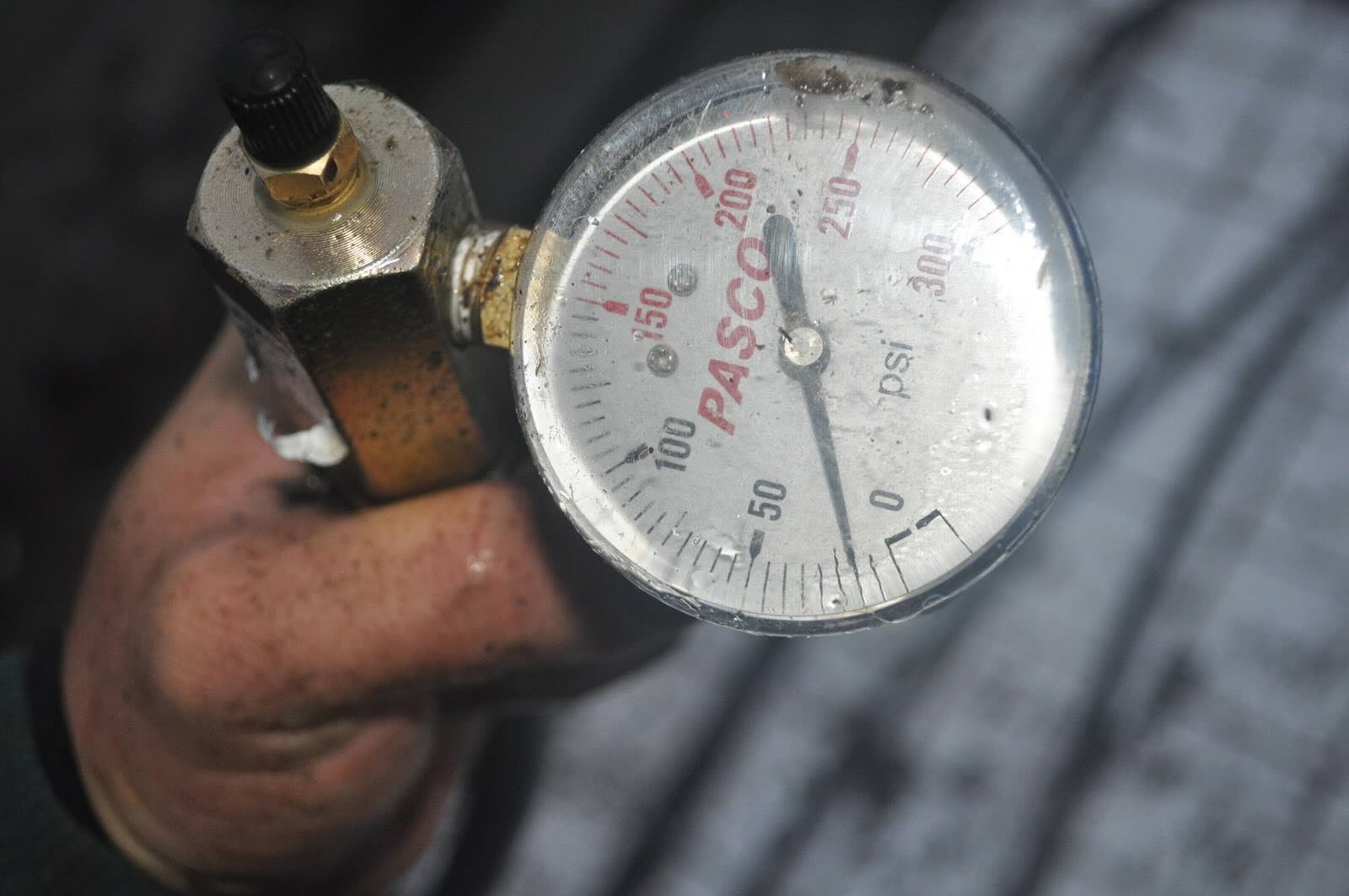
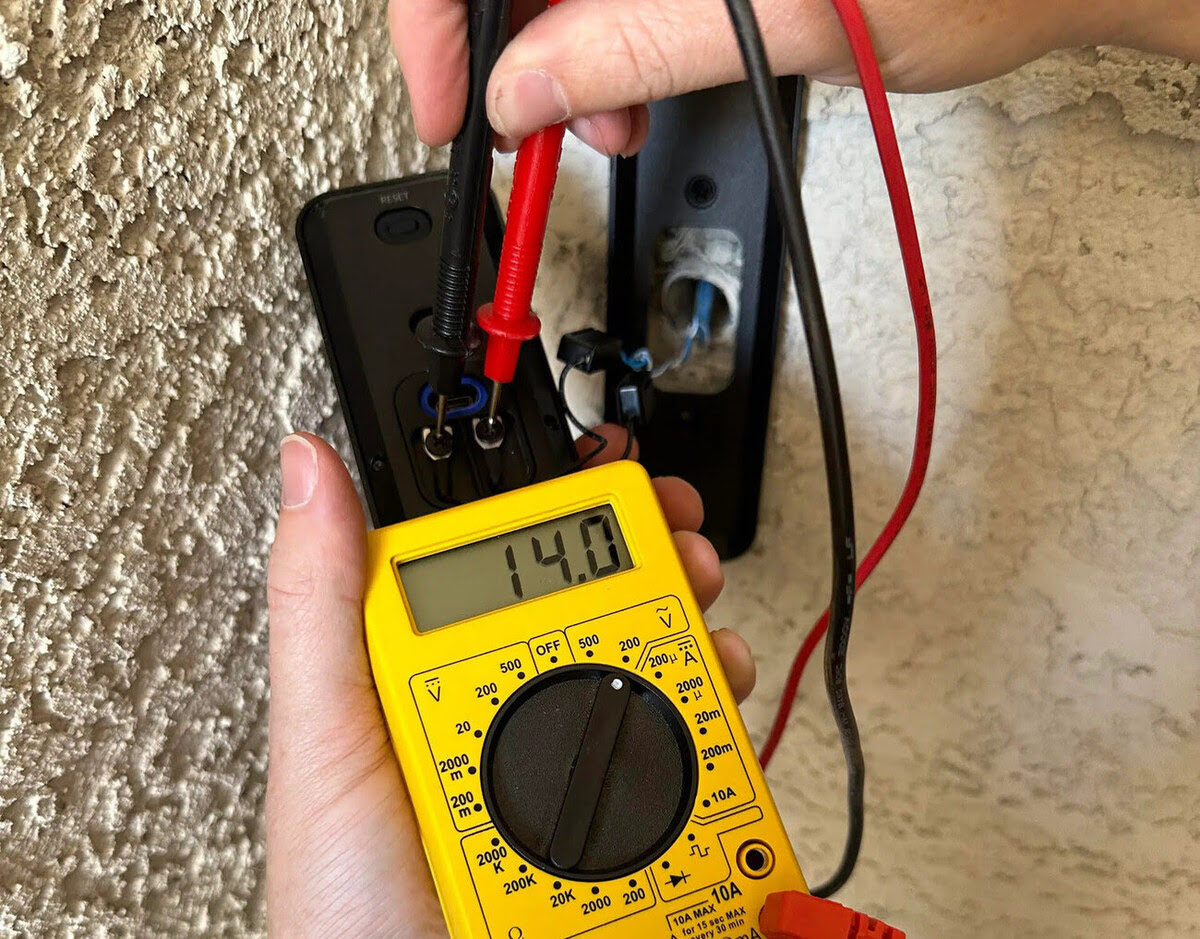
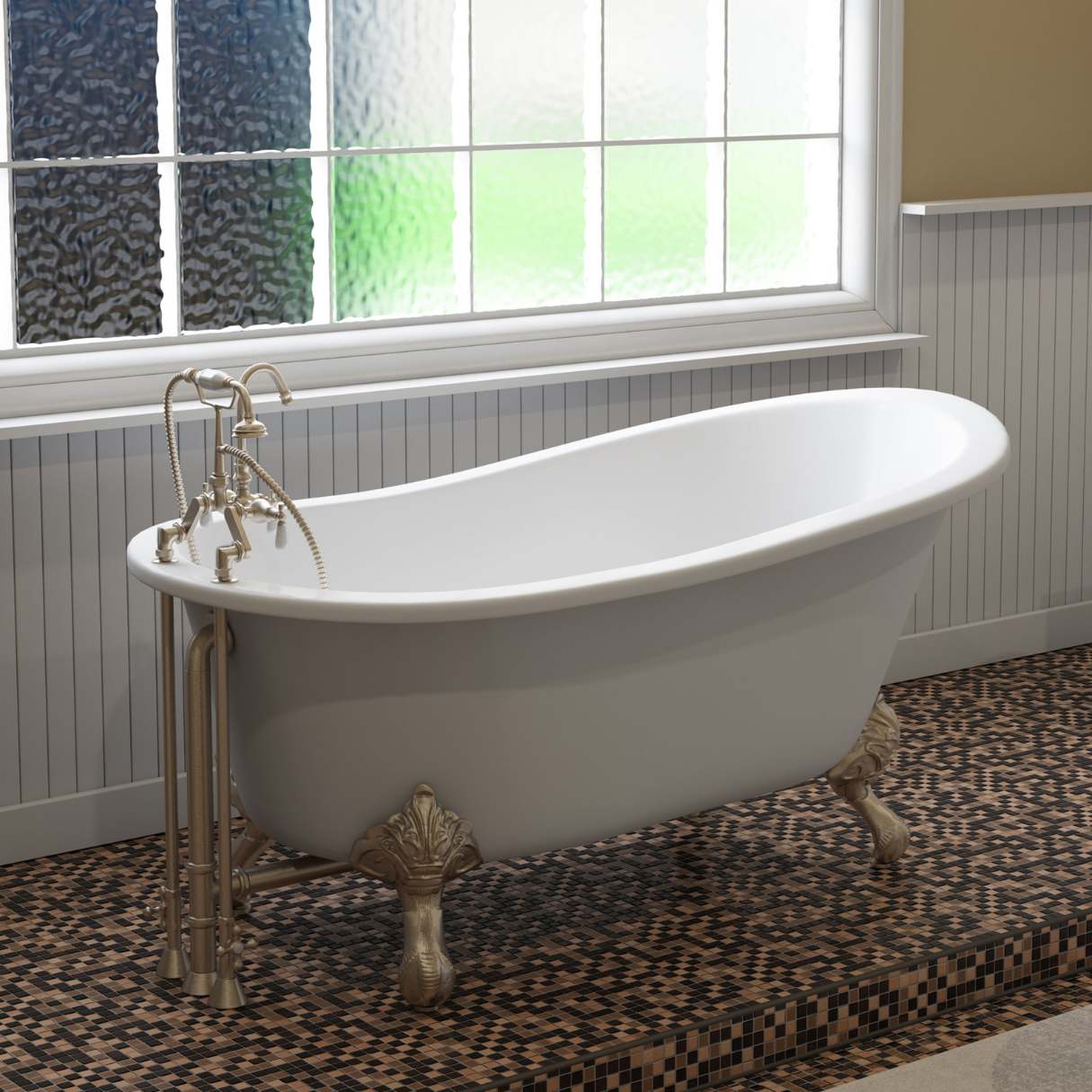
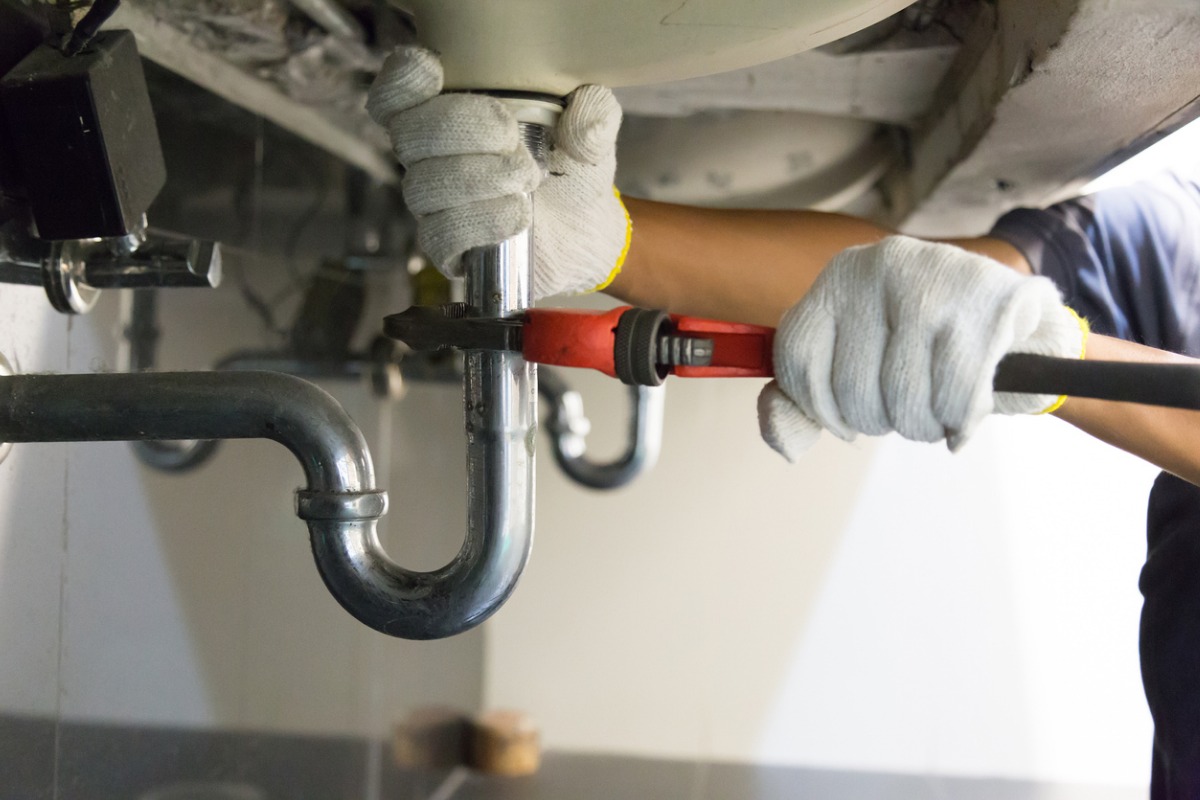

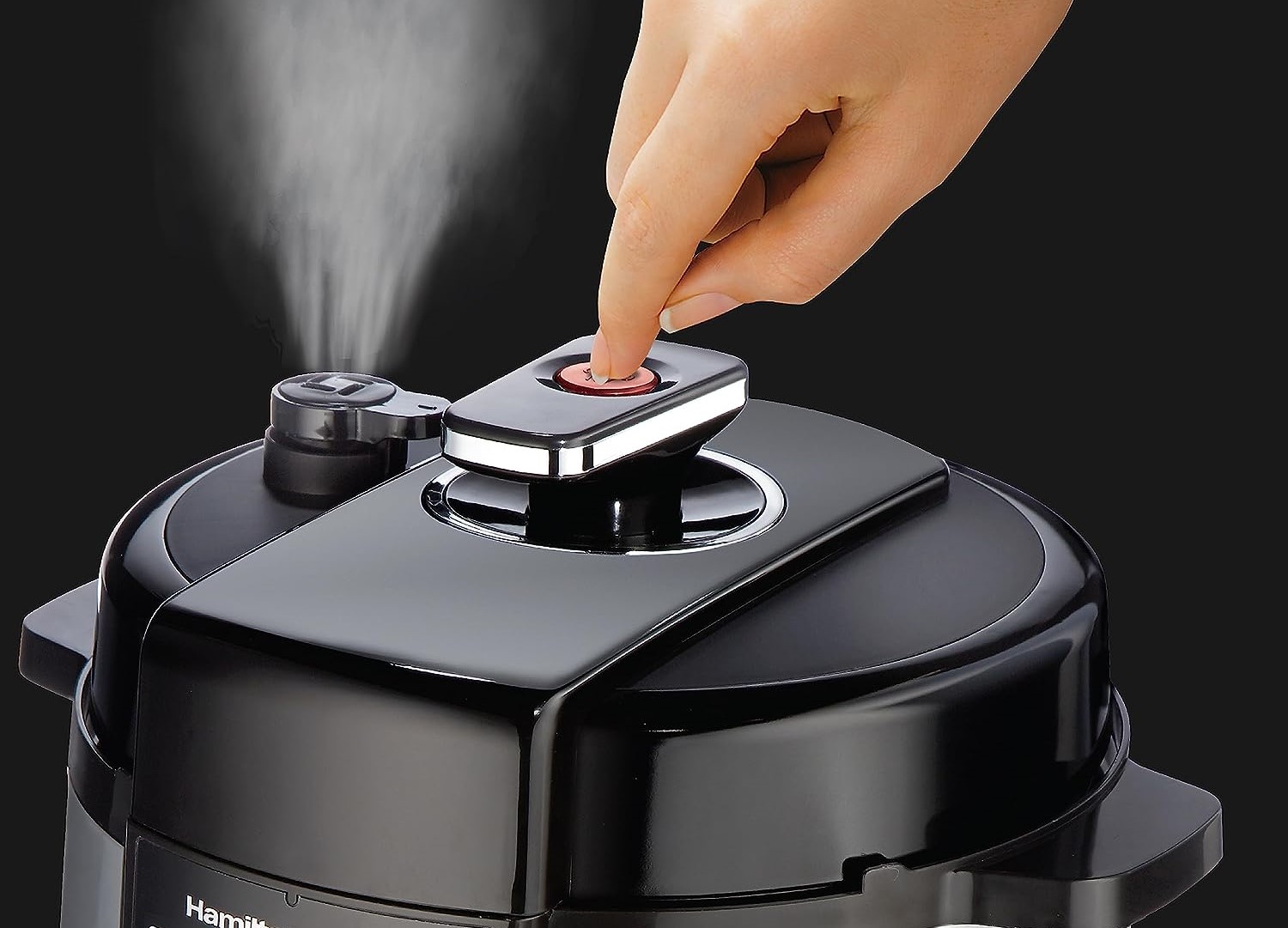
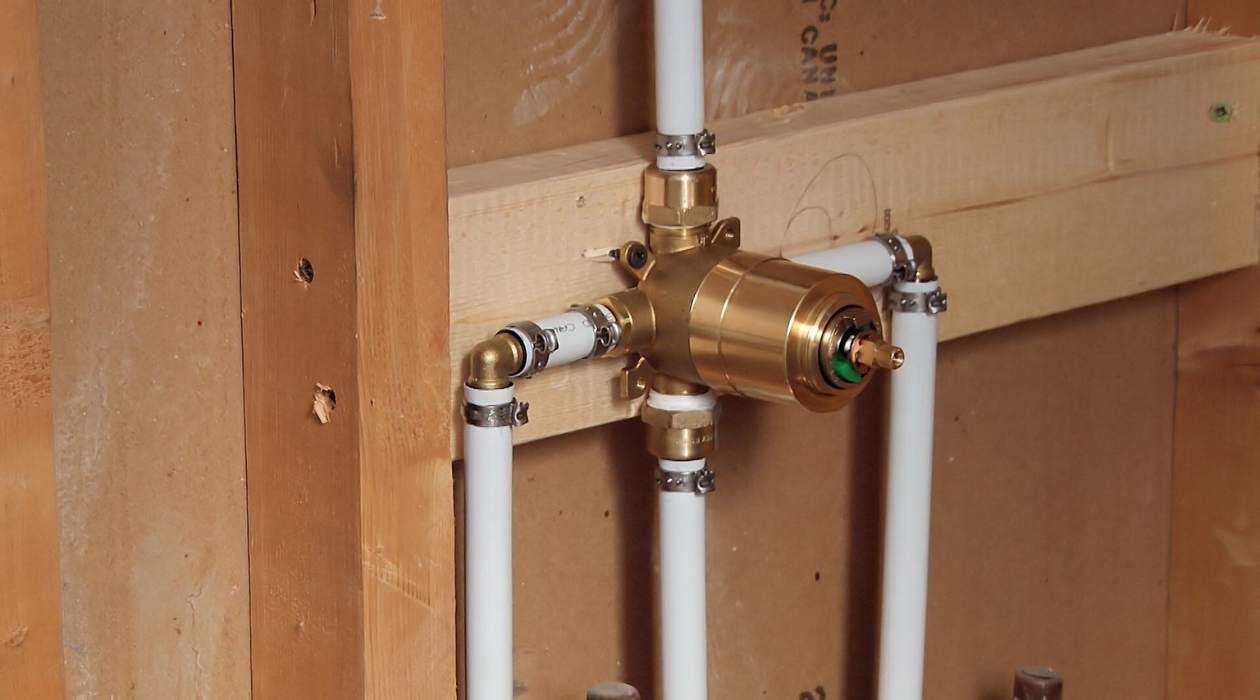

0 thoughts on “How To Do A Plumbing Pressure Test”